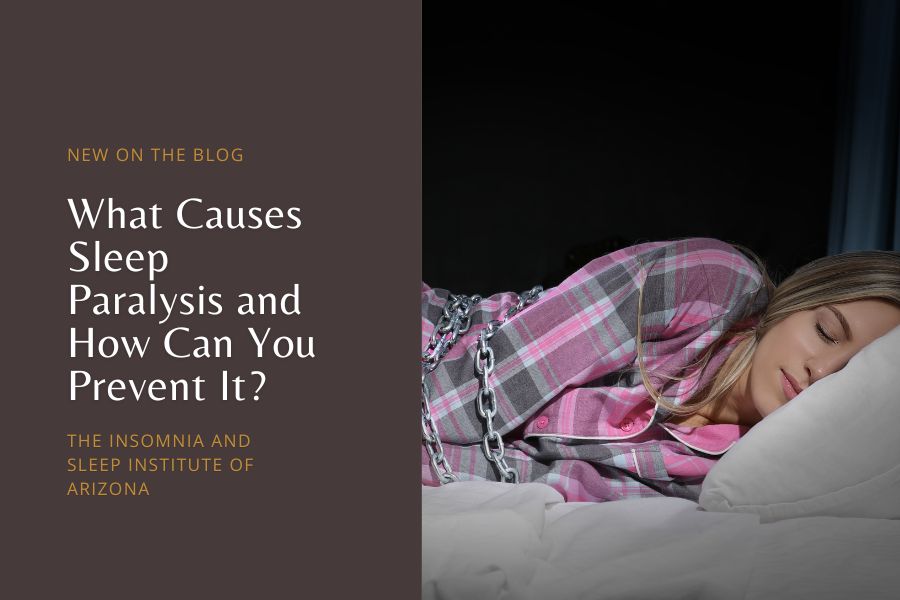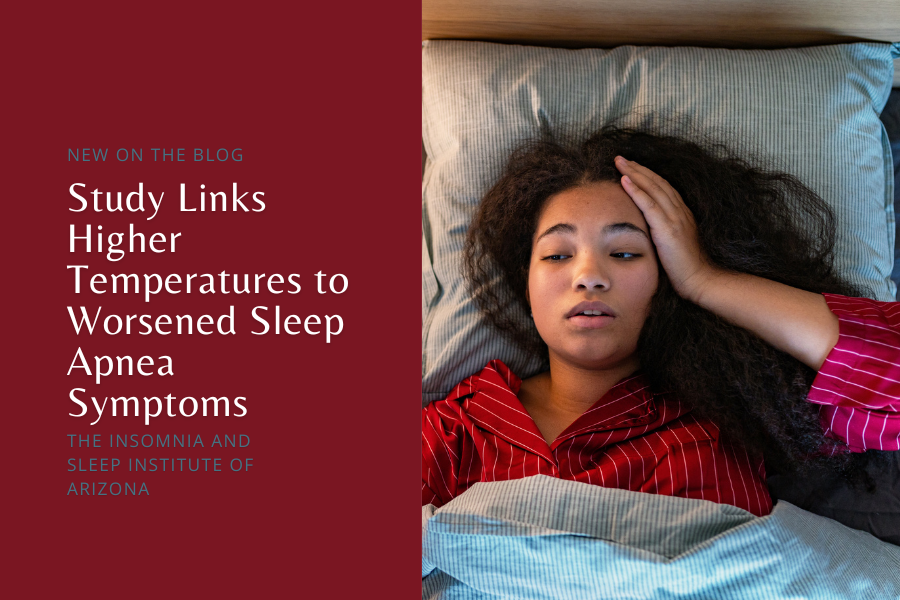Finding the best position to sleep with apnea can greatly reduce symptoms. In the U.S., 25 million adults live with obstructive sleep apnea (OSA). Simple changes, like adjusting your sleep position, can make all the difference.
What Is Sleep Apnea and How Does It Affect Your Sleep?
Sleep apnea happens when a person’s breathing is repeatedly interrupted during sleep. These pauses can last from a few seconds to a minute or more. They also often happen many times throughout the night.
Types of Sleep Apnea
There are two main types of sleep apnea:
- Obstructive Sleep Apnea (OSA): The most common form. It happens when the airway gets blocked. This usually occurs because the throat muscles relax too much during sleep.
- Central Sleep Apnea (CSA): Occurs when the brain fails to send proper signals to the muscles that control breathing.
Common Symptoms and Health Risks
People with sleep apnea often feel excessively tired during the day, struggle with concentration, and experience mood swings. Over time, untreated sleep apnea can lead to serious health problems, such as:
- High Blood Pressure
- Heart Disease
- Stroke
- Type 2 Diabetes
- Increased Accident Risk: Due to reduced alertness from lack of quality sleep.
According to experts, untreated OSA can increase the risk of heart failure by up to 140%.
Impact on Sleep Quality
Sleep apnea causes poor sleep quality because the body frequently wakes up to restore normal breathing. Sometimes without the person realizing it. These frequent interruptions disrupt the natural sleep cycle, causing people to miss out on deep, restorative sleep. This leads to:
- Chronic Fatigue
- Cognitive Decline
Effects on Bed Partners
Sleep apnea doesn’t just affect the person who has it. Loud snoring, gasping, and choking sounds can also disturb a partner’s sleep, making it a shared problem.
Why Is Sleeping Position Important for People With Sleep Apnea?
The position in which you sleep can have a significant influence on the severity of sleep apnea symptoms.
Here’s why: different positions affect how gravity influences your airway. And this can either alleviate or worsen the blockage that occurs in obstructive sleep apnea.
- Airway Obstruction: In sleep apnea, the airway collapses or becomes blocked during sleep. This makes breathing difficult. Some sleeping positions put more pressure on the airway, while others help keep it open. For instance, sleeping on your back lets gravity pull the soft tissues in the throat downward. This increases airway obstruction, worsening apnea and causing more frequent pauses in breathing.
- Effect on Oxygen Levels: Positions that lead to greater airway obstruction can also reduce oxygen saturation levels in the blood. This is dangerous because oxygen levels need to remain stable for the body to function properly. Chronic low oxygen levels can contribute to cardiovascular problems.
- Impact on Sleep Quality: Positions that worsen airway obstruction lead to more frequent apneas. This disruption in breathing interrupts your sleep cycles, often multiple times per hour. As a result, your body struggles to get the deep, restful sleep it needs. You may wake up feeling tired, with daytime drowsiness, trouble focusing, and increased irritability. However, choosing the right sleep position can help reduce these interruptions and improve the quality of your rest.
- Snoring and Bed Partner Impact: Sleeping position can also influence snoring, which is often a symptom of sleep apnea. When airway obstruction worsens, snoring typically becomes louder and more disruptive. For couples, this can lead to sleep disturbances for both individuals. Reason is bed partner may also experience frequent wake-ups due to the noise.
Best Position to Sleep With Apnea
For people with sleep apnea, sleeping position is important to reducing the frequency and severity of apneas. The most recommended and best position for those with obstructive sleep apnea (OSA) is sleeping on your side. This position helps keep the airway open, reducing the likelihood of airway collapse. Side-sleeping can decrease the number of apnea episodes by up to 50% in certain individuals with positional OSA.
When you sleep on your back, gravity works against you, causing the soft tissues in the throat, such as the tongue and uvula, to collapse into the airway. This worsens airway obstruction and leads to more frequent pauses in breathing. For this reason, many healthcare professionals advise people with sleep apnea to avoid back-sleeping (supine position). In fact, more than half of individuals with OSA experience worse symptoms while lying on their back.
Sleeping on your side actually works with gravity. It helps prevent your tongue and soft tissues from collapsing into the airway. This keeps the airway clearer, allowing for better airflow. As a result, apneas tend to be less severe. Sleeping on your left side is often the most effective for improving airflow and reducing acid reflux, which can impact breathing. But honestly, either side is better than your back.
Additionally, sleeping in a semi-upright position — by using a wedge pillow or elevating the head of your bed — can also help manage sleep apnea symptoms. Elevating the upper body reduces the effect of gravity on the airway and promotes better airflow. Experts found that head-of-bed elevation improved the apnea-hypopnea index (AHI) in patients with OSA.
Side sleeping is beneficial:
- Reduces airway obstruction by preventing the tongue and soft tissues from collapsing.
- Improves oxygen levels by keeping the airway more open.
- Decreases snoring, leading to less disruption for bed partners.
Sleep positioning alone might not completely eliminate apnea episodes. But it’s a simple, non-invasive way to reduce symptoms. For moderate to severe cases, positional therapy often isn’t enough. Combining it with CPAP or other treatments may be needed for the best results.
Which Sleeping Position Is the Worst for Sleep Apnea?
Certain positions can significantly worsen the symptoms. Some positions to avoid if you have sleep apnea are:
Back Sleeping (Supine Position)
Back sleeping is the worst position for sleep apnea. Lying on your back lets gravity pull the tongue and throat tissues into the airway. This collapse blocks airflow during sleep. It also raises the risk of snoring and full airway blockages. Breathing interruptions and low oxygen levels become more frequent.
Fetal Position (Curled-Up Side Sleeping)
Curling up too tightly into a fetal position can reduce its effectiveness. When your knees are pulled toward your chest, it can compress your diaphragm. This lowers your lung capacity. Breathing becomes harder, especially for those with respiratory issues. Sleeping in a straighter side position allows for better airflow.
Stomach Sleeping (Prone Position)
Stomach sleeping can help reduce airway collapse since gravity pulls the tongue and soft tissues forward, away from the airway. However, this position comes with its own set of problems. It places strain on the neck and spine, leading to discomfort or pain. Additionally, turning the head to the side to breathe can also reduce airway effectiveness, and this awkward position can strain your respiratory muscles. While not as detrimental as back sleeping, stomach sleeping is far from ideal for those with sleep apnea.
Flat Sleeping (Without Elevation)
Sleeping without any head elevation can also worsen sleep apnea. When lying completely flat, gravity works against you, allowing tissues to relax and fall backward into the throat. Using a wedge pillow or elevating the head of the bed can help combat this issue. Elevating the upper body by at least 30 degrees has been shown to improve airflow in people with OSA.
What Other Lifestyle Changes Can Complement Sleeping Position Adjustments?
Adjusting your sleeping position can greatly improve sleep apnea symptoms. But it’s not the only thing that helps. A few other lifestyle changes can complement positional therapy and further reduce the severity of sleep apnea.
Weight Management
Excess weight, especially around the neck, is a major contributing factor to obstructive sleep apnea. Fat deposits around the upper airway can obstruct breathing, making apneas more frequent and severe. Losing just 10% of your body weight can reduce the apnea-hypopnea index (AHI) by as much as 26%. Maintaining a healthy weight can not only help with sleep apnea but also improve overall health outcomes.
Avoiding Alcohol and Sedatives
Alcohol relaxes the muscles in your throat, making airway collapse more likely. Sedative medications do the same. This worsens sleep apnea symptoms and makes it harder to breathe during sleep. Alcohol also increases the frequency and length of apneas, especially in people prone to it. Avoiding alcohol and sedatives before bed helps keep your airway clear.
Developing a Consistent Sleep Schedule
Sleep apnea often worsens with inconsistent sleep patterns or lack of sufficient sleep. Establishing a routine — going to bed and waking up at the same time daily — can improve sleep quality.
This helps regulate your body’s natural sleep-wake cycle. Poor sleep hygiene makes obstructive sleep apnea (OSA) symptoms more severe, causing fragmented, unrefreshing sleep. But keeping a consistent schedule allows your body to get deeper, more restorative rest, reducing apnea episodes.
Practicing Good Sleep Hygiene
Beyond sleep schedules, focusing on sleep hygiene can also boost sleep quality for those with apnea. Start by creating a calming bedtime routine and reducing screen time before bed. Keep your room dark and quiet to enhance sleep depth. Also, eliminate light and noise, keep the room cool, and avoid heavy meals before bedtime.
Regular Exercise
Exercise boosts respiratory function and overall cardiovascular health, which is crucial for those with sleep apnea. It can also promote weight loss, helping reduce symptoms. Even moderate exercise has been shown to improve the apnea-hypopnea index (AHI).
This means that symptom improvement can occur even without significant weight loss. Just 30 minutes of activity, like walking or cycling, can make a difference. Adding this to your daily routine can help manage sleep apnea effectively.
How Can We Help You Sleep Better at The Insomnia and Sleep Institute of Arizona?
Our sleep experts are here to help you breathe easier and rest well. From diagnosing sleep apnea to offering advanced treatments, we focus on solutions that work for you.
Trust our experience and expertise to find the right path for your sleep health. You’re not alone in this journey with the Insomnia and Sleep Institute of Arizona.
Contact us today for a consultation. Let’s get you the sleep you’ve been missing.
References
de, F., Genta, P. R., Albino, Wellman, A., & Lorenzi-Filho, G. (2017). The influence of head-of-bed elevation in patients with obstructive sleep apnea. Sleep and Breathing, 21(4), 815–820. https://doi.org/10.1007/s11325-017-1524-3
Srijithesh, P. R., Rajeswari Aghoram, Goel, A., & Jayaraj Dhanya. (2019). Positional therapy for obstructive sleep apnoea. Cochrane Library, 2019(11). https://doi.org/10.1002/14651858.cd010990.pub2
Girardin Jean-Louis, Zizi, F., Clark, L. T., Brown, C. D., & McFarlane, S. I. (2008). Obstructive Sleep Apnea and Cardiovascular Disease: Role of the Metabolic Syndrome and Its Components. Journal of Clinical Sleep Medicine : JCSM : Official Publication of the American Academy of Sleep Medicine, 4(3), 261. https://pmc.ncbi.nlm.nih.gov/articles/PMC2546461/
Kingshott, R. (2014, September 29). Rising prevalence of sleep apnea in U.S. threatens public health – American Academy of Sleep Medicine – Association for Sleep Clinicians and Researchers. American Academy of Sleep Medicine – Association for Sleep Clinicians and Researchers. https://aasm.org/rising-prevalence-of-sleep-apnea-in-u-s-threatens-public-health/
Note: Always seek personalized advice from a healthcare provider. This is just general info.








